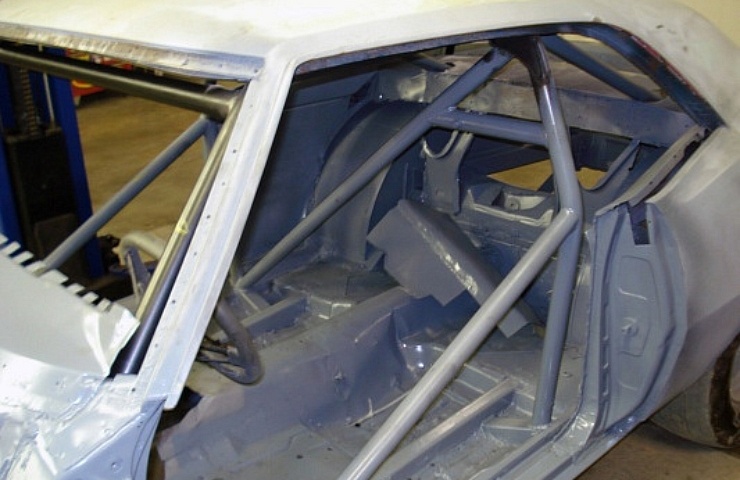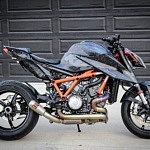Safety isn’t something you add to a car. Instead, it’s a critical design factor built into every aspect of a how a vehicle operates.
However, If you push the limits of your car’s speed and handling, there are excellent ways to ensure your safety at a higher level. Consider these options.
Seat Belts and Shoulder Belts
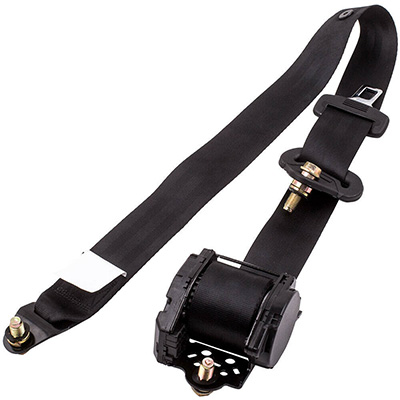
A shoulder belt adds support beyond what a lap belt provides.
Seat belts did not become mandatory in the United States until 1968. So many older cars did not offer seat belts, even as an option. But these days, a safety belt is a must—regardless of vintage.
Don’t worry about how safety belts change the look of a classic car’s interior. Safety first. Even fussy concours judges usually don’t deduct points for installing seat belts.
Many styles of seat belts are available on eBay, and they can be easily installed. It commonly starts with using a Grade 8 eye bolt and a mounting plate or fender washers under the floorboard. The mounting plates typically go under the front seat. Or drill a hole through the floorboard for the eye bolt to pass through.
Shoulder belts or a 3-point harness help keep your upper torso firmly in place. It combines a lap belt with one strap across your chest. This is a big upgrade in safety over a standard waist-only seat belt. Some racing seats come with harnesses built into the seat.
Shop now for racing belts and harnesses
Four- and Five-Point Harnesses
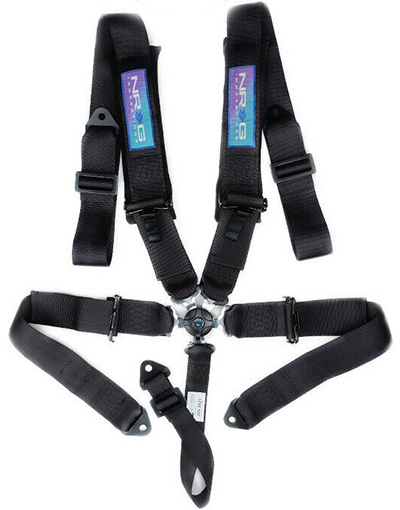
A five-point harness is often the minimum standard for racing groups.
Why stop at three points? Four-point harnesses that use four straps take car safety to a higher level. A four-point harness utilizes one strap over each shoulder and two more across your lap. In a five-point harness, an additional strap runs between your legs.
Most racing groups require a five-point harness because the belt between your legs prevents the lap belt from rising above your waist after the shoulder harnesses are snug and tight.
Harness and Belt Locks
Some vendors offer a latch-link lock or a cam lock to keep all these straps connected and locked in place. A cam lock is easier to engage and disengage, especially if you wear gloves or a helmet that limits your peripheral vision.
Insert the buckles and twist the cam to lock. The benefits of a cam lock become apparent during an emergency. To exit the car, just rotate the cam to unlock the straps.
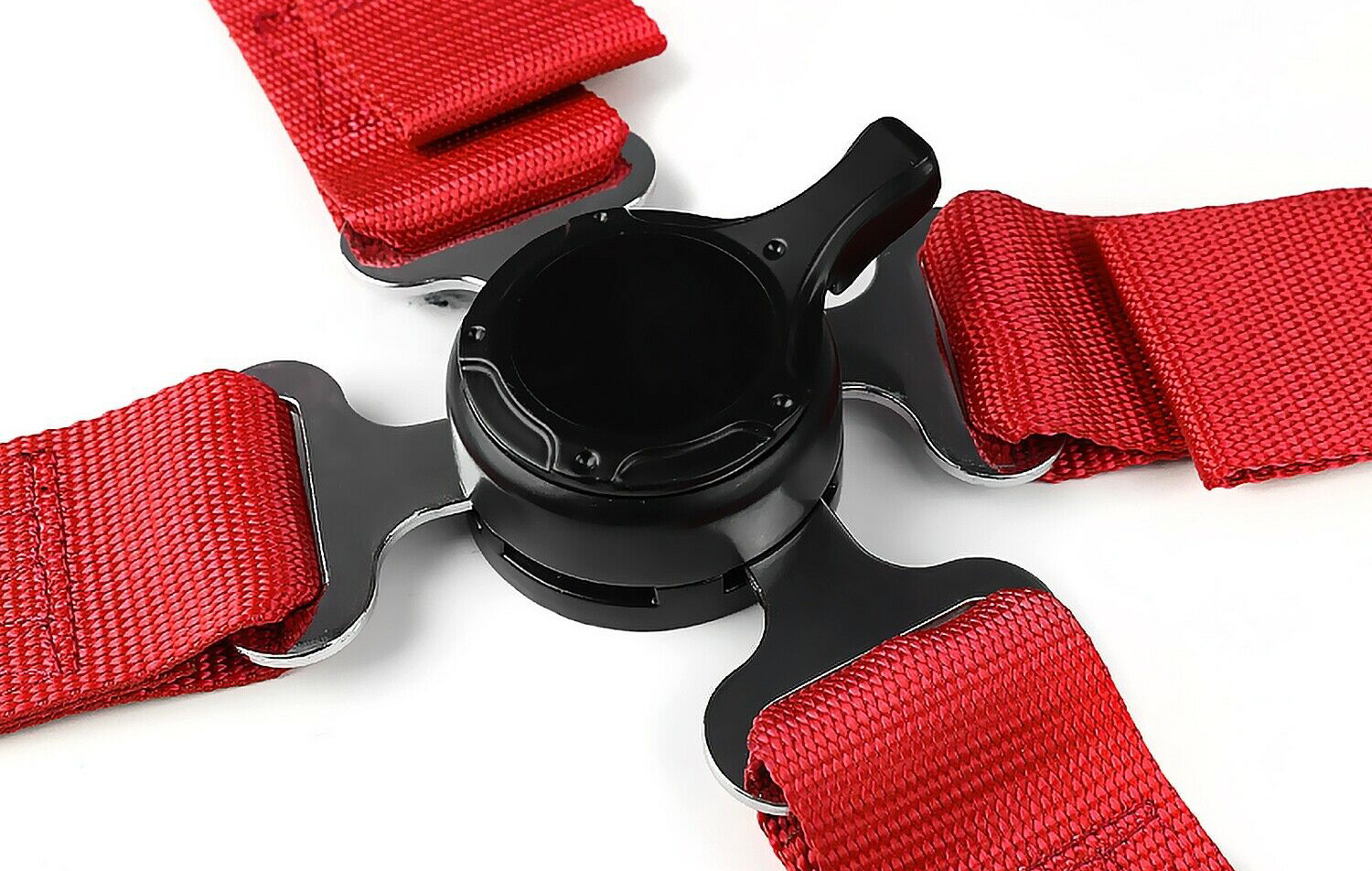
A cam lock is easier to engage and disengage.
With the old-style latch link, you need to align all the buckles in place and then flip the latch closed. That can be more difficult if you wear a helmet and can’t look down.

A latch-link connects all parts of a seat belt harness, but is more difficult to use than a cam lock.
Roll Bars
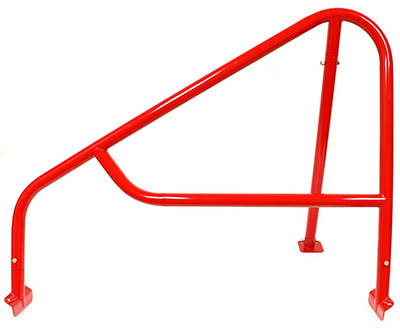
Some roll bars bolt directly to the existing car chassis. Welding is usually required. The tubing also needs to be cut and notched for a good fit. The welding is more difficult if the car still has carpeting and headliners in place.
A roll bar needs to be high enough to allow a helmeted driver to drive the vehicle comfortably. In simple roll bars with two supports, the bar might collapse in some situations. But a four-point roll bar includes two rearward supports to offer more rigidity and support.
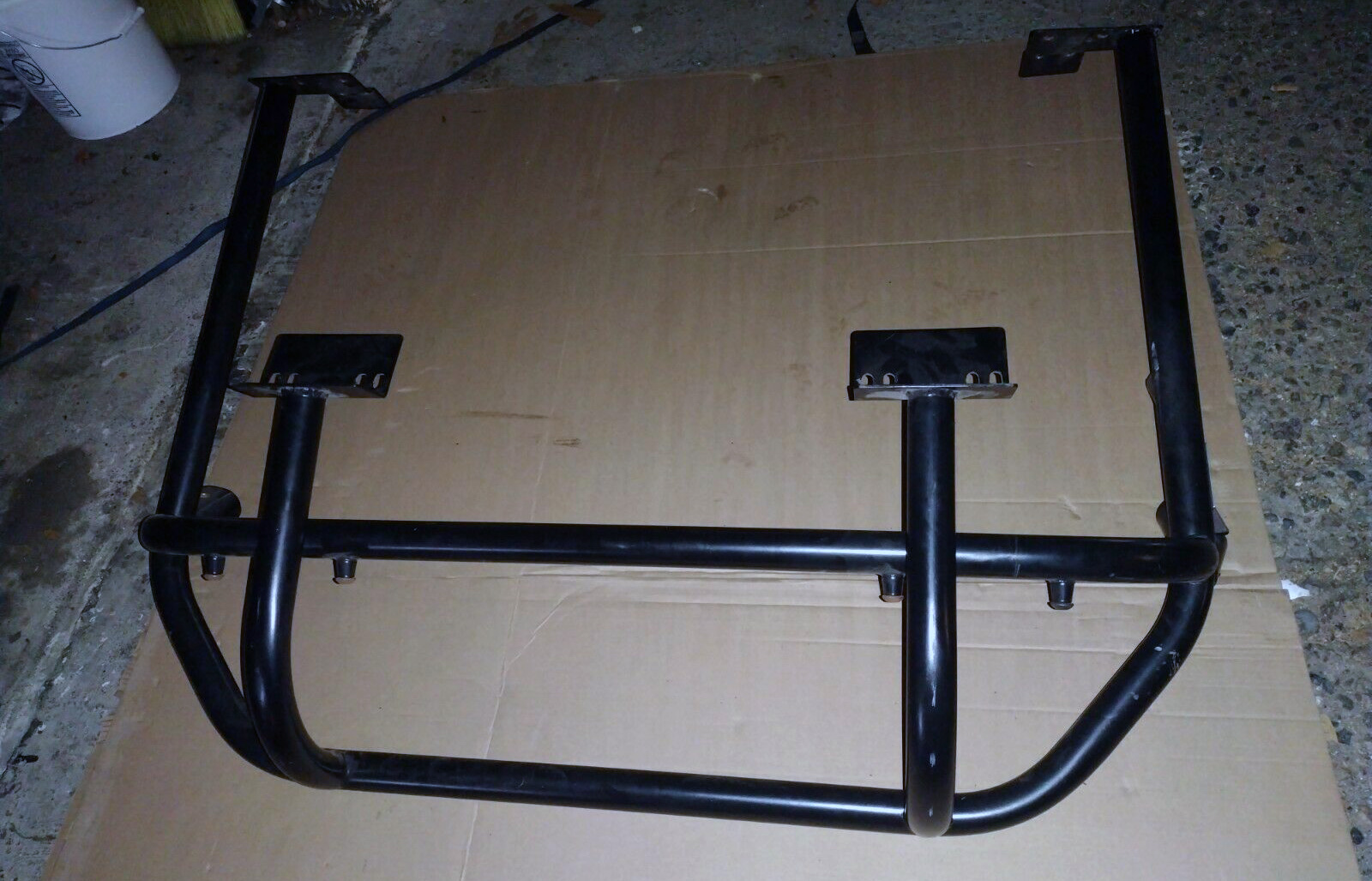
This roll bar with four attachment points protects the occupant’s head during a crash.
Most tubing is made from 4130 Chromoly. That’s the racing industry’s standard for strength and reliability. A new material, Docol R8, is more robust and is easier to weld. Most racing groups will accept either material with specific diameters for their standards.
A Roll Cage for Added Protection
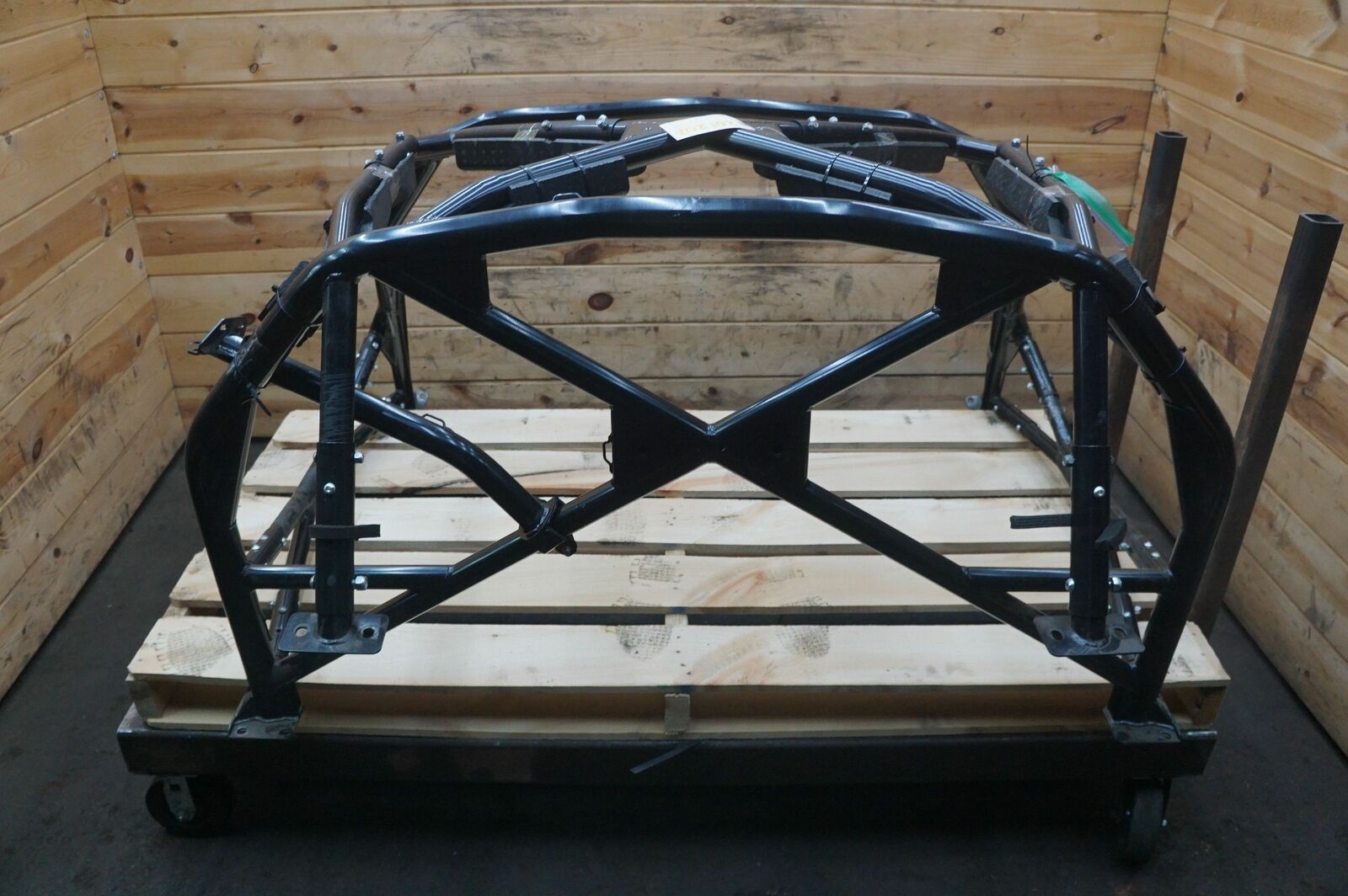
A roll cage offers the highest level of occupant protection.
If you are serious about racing, a full roll cage is the way to go. Roll cages are similar to roll bars but add better occupant protection by using more points of support and cross-member tubing.
Many roll cages offer 10 or 12 points of support. Moreover, a roll cage conforms to the car’s shape and provides an extra layer of rigidity. Nearly all roll cages need to be welded in place due to their structure and complexity. It is easier to weld and fit a roll cage when building a race car, instead of after the fact.
Racing clubs and associations often mandate the use of a roll cage based on the car’s driving speed and activity. For example, the National Hot Rod Association dictates a roll cage for racing that exceeds 135 miles per hour. It’s always best to check with your racing group’s rule book to verify the safety requirements.
Remember, you can always exceed the safety standards with extra safety gear and support.

